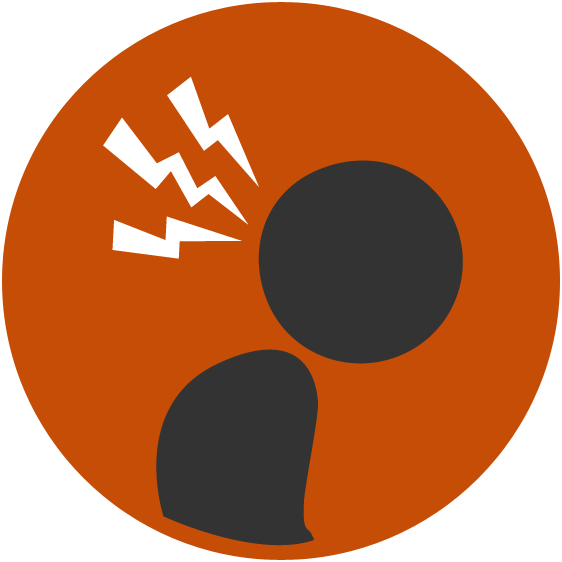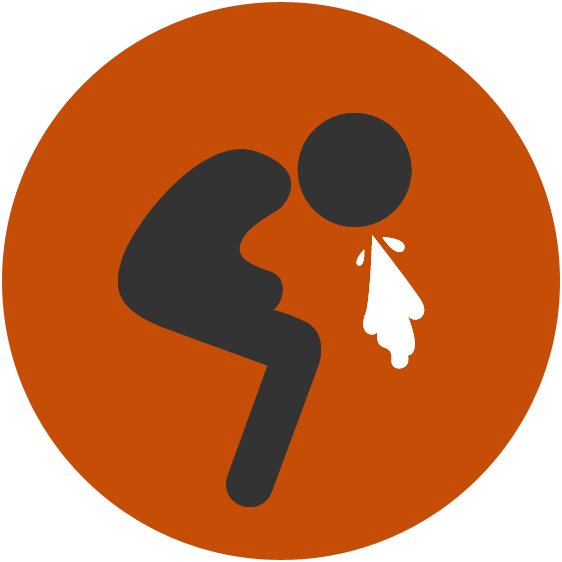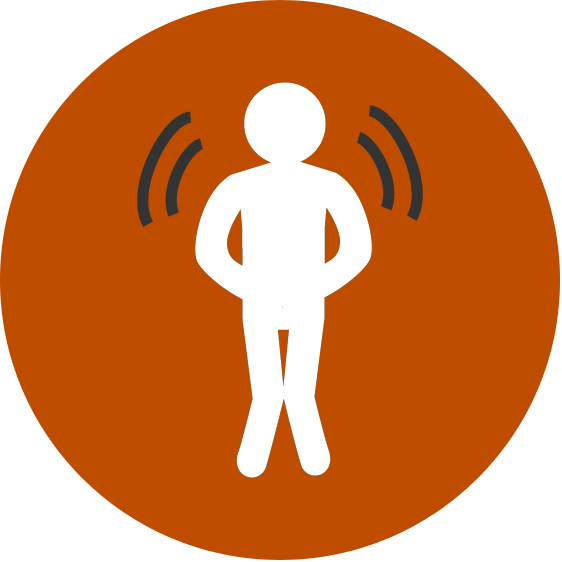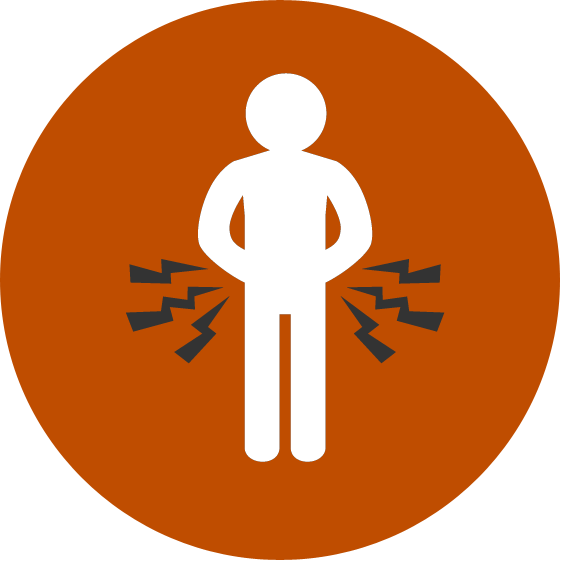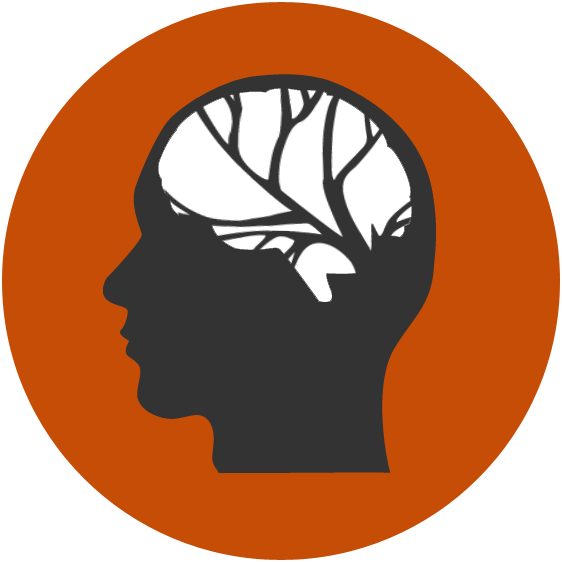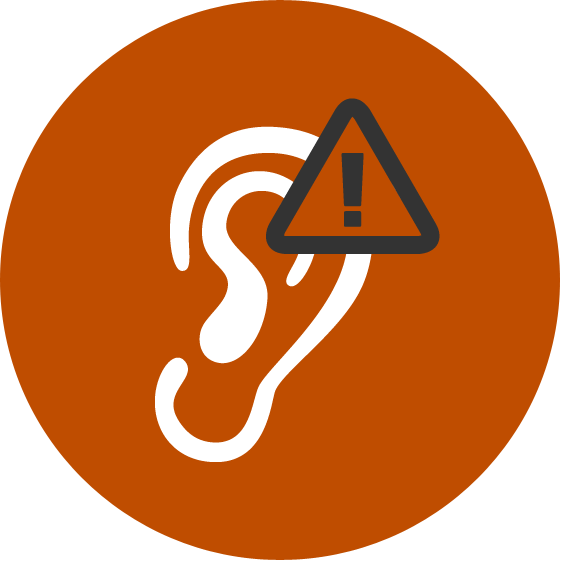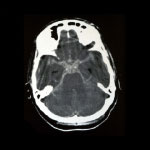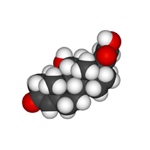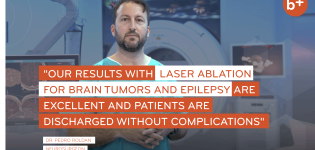BRAIN TUMOUR SURGERY
In brain tumour surgery, perfect planning is vital. At barnaclínic+, we use the most advanced technological resources to remove the maximum volume of tumour causing the least damage. These resources are: neuronavigation (a system that can locate any brain structure with a high degree of precision), intraoperative MRI (a very useful instrument that shows throughout the operation how much tumour remains to be removed and from which areas), robotic visualisation platform (facilitates better visualisation during surgery and access to complex areas) and neurophysiological monitoring (a resource that helps the surgeon to identify which areas of the brain can be removed and which cannot owing to the important function they perform, primarily movement or language).
The surgery is usually performed under general anaesthesia. In some cases, where it is beneficial to examine language function while the brain tumour is being removed, the patient can be operated on while awake with local anaesthesia. During awake brain surgery, the patient does not feel any pain and is simply asked to cooperate throughout the short procedure of removing a tumour from a location close to the language area. During the rest of the surgery, the patient is deeply sedated.
From a technical perspective, brain tumour surgery consists of making a window in the bone to access the lesion as directly as possible and to avoid causing damage. Using an operating microscope and with very precise removal tools, the brain tumour is gradually removed to the extent that the area and function allow.
When finished, the different layers (meninges, bone, skin) are closed. Drains are sometimes placed under the skin to prevent haematoma.
After the surgery, the patient is moved to the ICU for 24 hours. The following day, if there are no complications, the patient will then be moved to their room to slowly recover for 5 to 6 days.
Following detailed analysis, the diagnosis of the extracted tissue is obtained 7 to 10 days after the surgery. Subsequent treatment will be based on the findings of this diagnosis.

